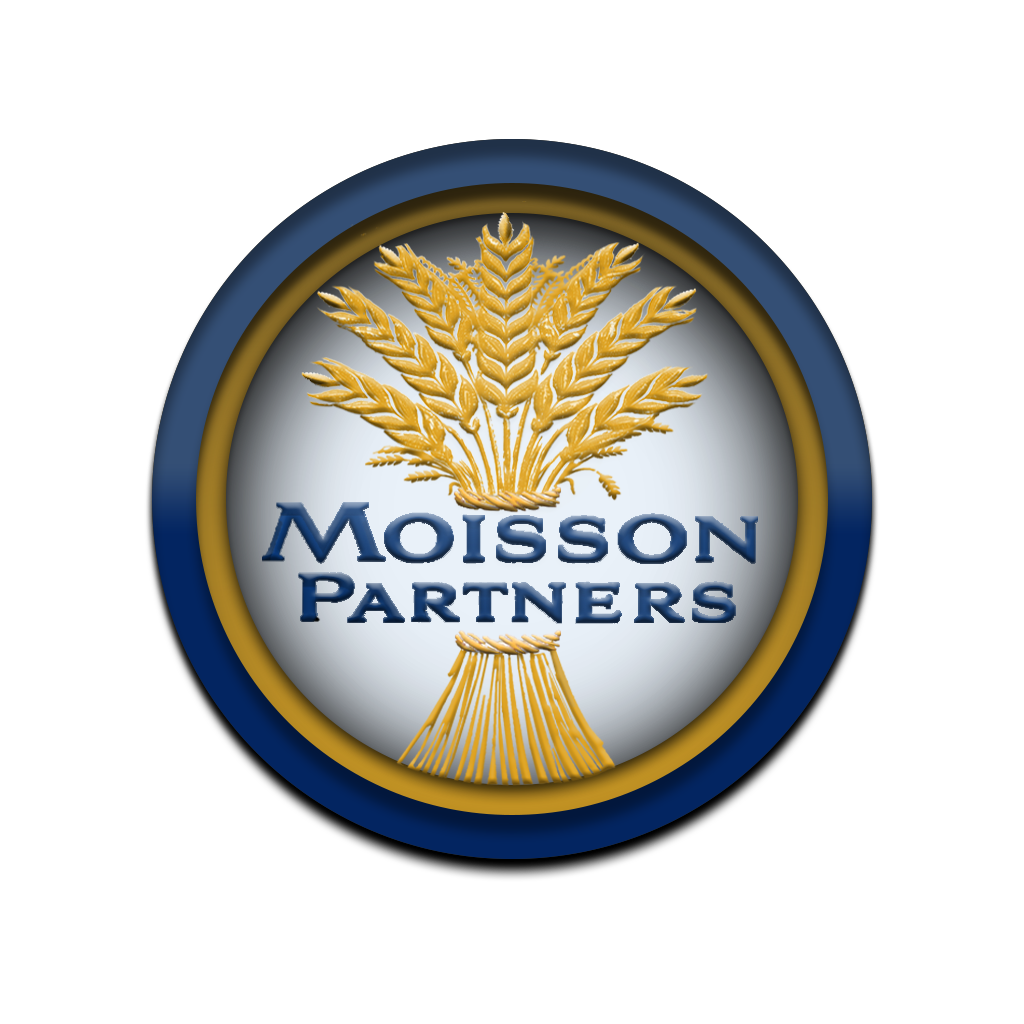In last week’s article, Rookie Mistakes, #2, we discussed developing your Value Proposition to sellers. Today, we consider your criteria for an acquisition.
When determining your criteria for an acquisition, there are a number of considerations, such as level of average client assets, investment style of the seller, and of course, location of the majority of the clients. In our view, the two most important issues to consider are how you will service the new clients, and how you will cash flow the acquisition.
Most coaching programs suggest that you are ready to purchase a group of client relationships when you produce an income stream sufficient for your needs and deliver your clients great service. This is good advice, because in order to establish your criteria for an acquisition, it is critical to have a comprehensive plan in advance as to how you will service all these new clients. It is one thing to slowly build your systems and processes to deliver a great experience to clients when you are doing it one client at a time. It is something entirely different to impose a new system on say 100 to 200 new clients all at once. If you cannot deliver a consistently high level of service to new clients, while maintaining that level for your existing clients, you defeat the purpose, (and the ROI), of the acquisition. When you are setting your criteria for the acquisition, your top priority should be addressing this issue.
Quite often, advisors come to us and quote their criteria in terms of assets, with little or no real thought given to how many clients they can actually service. In truth, assets are generally easier to scale than clients, (depending of course on your investment style). The issue you should really be addressing is your current service model. Does your pricing model fit the level of service you are giving? Do you give the client who pays $2,500 a year the same service that you give the client who pays $10,000? Most advisors that we ask that question, answer it with a resounding, “Of course not!” However, when we start looking at how many hours they spend working with their clients with $250k versus $1 million, it is often dangerously close.
Ask yourself what your ultimate objective is in buying. I assure you that while it can pay off, it is not an easy process. It also will take a great deal of work to integrate a sizable group of clients into your practice. Buying a “book” or a group of client relationships is usually an attempt to make a significant escalation in the assets you manage and/or the number of clients you service. In short, to scale. We recommend that you put as much thought into how you will service those clients as you do to whether the transaction can be cash flowed.
As you no doubt know, there are a lot more buyers than sellers. Sellers are a great deal more interested is talking with buyers who ‘have their stuff together.’ The knowledge that you are confident in your ability to add a large number of clients, and how the addition will be both accretive and profitable is a powerful statement to make to a seller.
Stay engaged next week for Part 2! Next week, we will discuss the need to model your cash flow strategy long before identifying an acquisition target.
As always these articles are here to help First-Time Buyers avoid pitfalls inherent in the process of advisory firm acquisition. If you have any thoughts or questions, or would like to dive deeper into each article, please reach out too me here or via Facebook. I am here to listen and ultimately help you through your specific process.
Casey M Corrie
